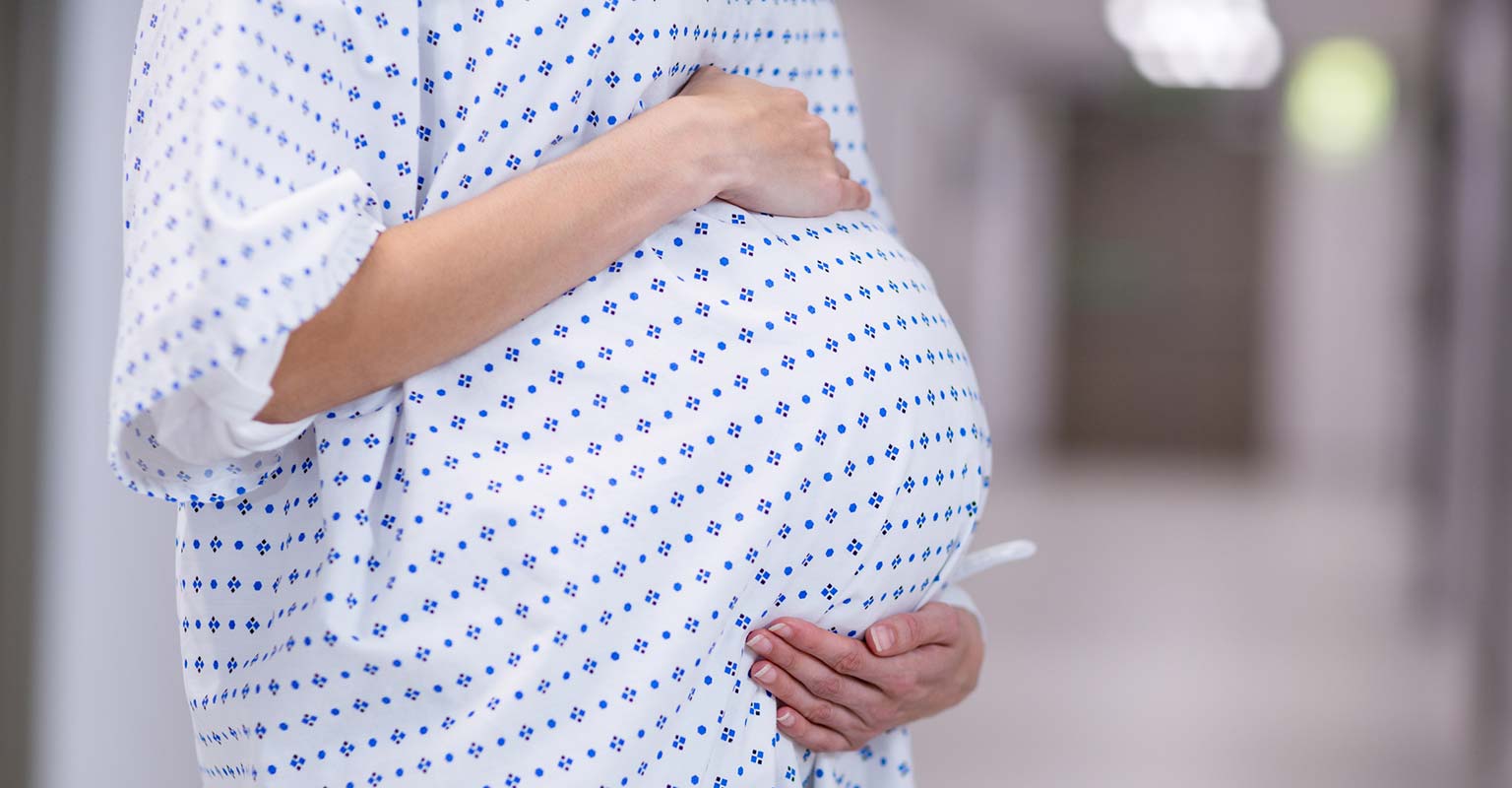If your due date is fast approaching, it’s important to recognize the signs that you’re dilating and in labor.
Dr. Erin Higgins, an ob-gyn at the Cleveland Clinic, outlines what you need to know about labor, the signs, and the difference between true labor and Braxton Hicks contractions.
Remember, if you experience any of these symptoms or have questions about your pregnancy, always reach out to your healthcare provider.
Signs of early labor
Dilation
One of the early signs of labor is called dilation, which is when your cervix stretches to make room for the baby. Dilation is measured in centimeters.
Once you dilate to 10 centimeters, you are ready to have a baby. This can be a slow process in the beginning and is often referred to as “the latent phase.” At a certain point, often when the cervix is about 5-6cm dilated, you may hear your provider tell you that you are now in “the active phase” of labor. At this time, you will notice your cervical dilation will increase at a much faster rate.
Mild, irregular contractions
Contractions are one of the classic signs of labor and can show up as mild cramping in the latent phase. Call the hospital if you’re experiencing any type of contraction and your healthcare provider can assess if you should keep watching at home or go to the hospital or birthing center.
Water breaks
When the amniotic sac that holds the baby inside the uterus breaks open, the water that filled that sac is released through your vagina.
When your water breaks, your healthcare provider will likely admit you to confirm that your water has broken. Your water can break and not have contractions. Even if you do not have contractions, it is important to contact your provider and go to the hospital to avoid any potential complications.
Bloody show
Bloody show is one of the signs you’re dilating. You might notice a brown discharge and see the mucous plug, which keeps the cervix sealed during pregnancy. If you notice any brown discharge, spotting, or your mucous plug, you can notify your healthcare provider.
Signs of active labor
Increased dilation
In active labor, your contractions strengthen and become more regular.
“Labor contractions, we tend to see anywhere from every two to three minutes, every four to five minutes,” Dr. Higgins advised. “You can set your clock by it, and there’s a lot of apps out there for people to monitor their contractions.”
These contractions are different from Braxton Hicks contractions – which people can experience for several weeks leading up to true labor. They may not be necessarily painful or interrupt what you are doing, whereas true contractions can be painful and last longer over time.
When will I be admitted to the hospital?
If you experience any of the above signs of labor, it’s important to call your health care provider. Being in labor can put stress on you and your baby. If you start having contractions, your provider will likely ask you to time them to see how far apart they are. If your contractions are just a few minutes apart, and they are occurring regularly, many providers will recommend you go to the hospital for an assessment. Contact your healthcare provider if you are in pain, or if you think you’re experiencing preterm labor, or a dangerous pregnancy condition called preeclampsia. It’s important to speak to them even if you are unsure, to ensure the health and safety of you and your baby.
Please note this content is for informational purposes and is not intended as a substitute for medical advice. Please consult with your healthcare provider about your specific journey.
